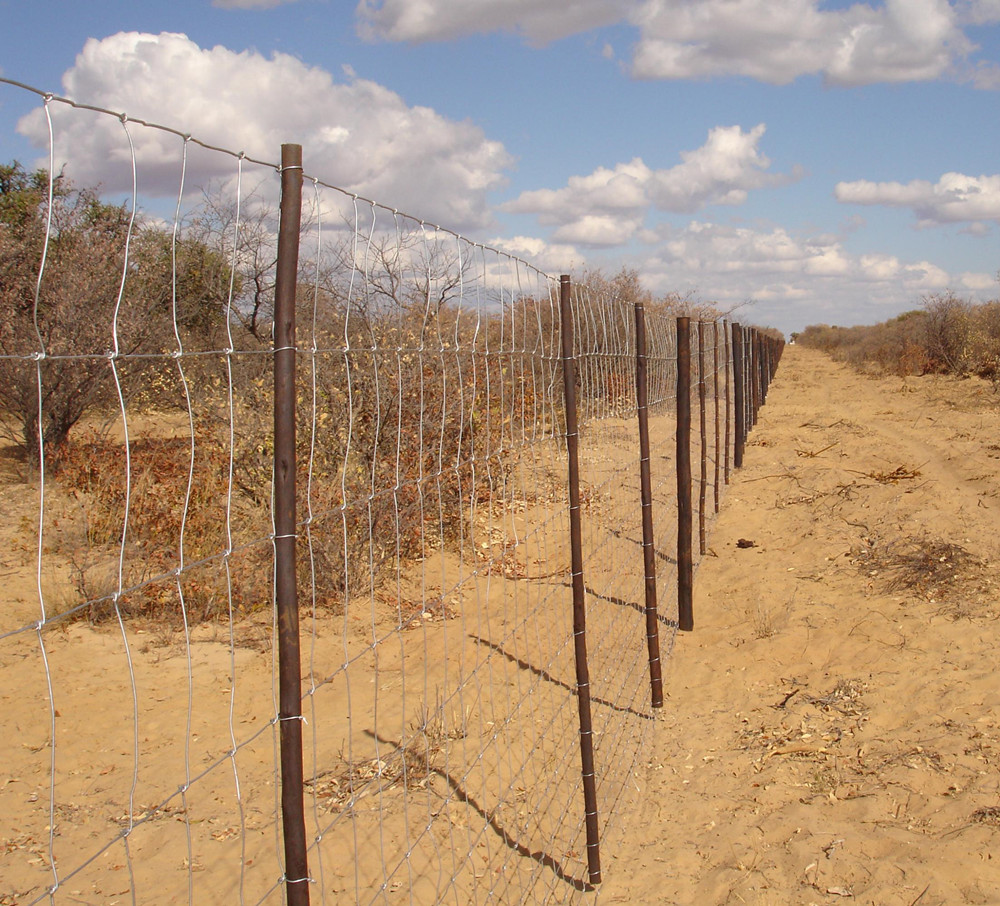Ліст . 01, 2024 06:29 Back to list
Exploring the Benefits and Applications of Sack Gabions in Modern Construction Techniques
Understanding the Importance of Sack Gabions in Modern Engineering
Sack gabions have emerged as a versatile solution in the realm of engineering and construction, particularly in landscaping, erosion control, and civil engineering projects. These bags, typically filled with stones or other aggregates, serve multiple purposes and have gained popularity due to their eco-friendliness, cost-effectiveness, and structural integrity.
What Are Sack Gabions?
Sack gabions are essentially mesh bags made from durable materials such as geotextile or woven wire. They are designed to hold various types of fill materials, usually rocks, gravel, or soil, forming a robust structure. The flexibility in size and shape allows for customization according to specific project requirements, making sack gabions a practical choice for various applications.
Erosion Control and Environmental Benefits
One of the primary uses of sack gabions is in erosion control. When placed along riverbanks, hillsides, or coastal environments, they help to stabilize soil and prevent erosion caused by water and wind. The term “sack” indicates their flexible nature, allowing them to adapt to the landscape. This adaptability promotes vegetation growth, further enhancing the natural habitat and promoting biodiversity.
Moreover, since sack gabions utilize natural materials, they are environmentally friendly options. They encourage the reestablishment of ecosystems by providing habitats for wildlife and preventing harmful runoff. Unlike concrete structures, sack gabions can blend seamlessly with the environment, reducing visual impact and preserving the natural scenery.
sack gabion

Cost-Effectiveness and Structural Integrity
From a financial perspective, sack gabions can be a cost-effective choice for many projects. They require minimal machinery for installation, as they can often be filled and placed by hand. The materials used for filling—typically local stones or gravel—are readily available, reducing transportation costs and the overall carbon footprint of the project.
Their structural integrity is another vital benefit. Once filled, sack gabions are remarkably sturdy and can withstand significant pressure. They are often used to create retaining walls, sound barriers, and other structures where strength and durability are crucial. Additionally, they provide excellent drainage, reducing water accumulation and minimizing hydrostatic pressure behind walls.
Applications in Landscaping and Civil Engineering
Sack gabions are widely employed in landscaping projects to create aesthetically pleasing features such as garden walls, terraces, and pathways. Their rustic appearance can enhance visual appeal while serving practical purposes. In civil engineering, they are used in large-scale projects like riverbank stabilization, highway sound barriers, and slope protection.
Conclusion
In summary, sack gabions represent a harmonious blend of efficiency, sustainability, and cost-effectiveness in modern engineering. Their adaptability to various environmental and structural challenges makes them an essential component in addressing contemporary engineering needs. As industries increasingly turn towards sustainable practices, sack gabions undoubtedly offer valuable solutions that respect both nature and community aesthetics.
-
High Quality 9 Gauge Expanded Metal Mesh & Chain Link Wire Mesh Fence Manufacturer
NewsJun.10,2025
-
Barbed Wire Roll Price - Wholesale Exporters & Reliable Factories Supply
NewsJun.10,2025
-
High-Quality Temporary Mesh Fence Panels for Sale Durable Temporary Fence Panels Supplier
NewsJun.10,2025
-
Welded Wire Fence Mesh Exporters Custom Sizes & Competitive Pricing
NewsJun.10,2025
-
Durable China Expanded Metal Security Mesh High-Security & Affordable
NewsJun.10,2025
-
White Expanded Metal Mesh Durable for Temp Fencing & Plaster
NewsJun.10,2025



